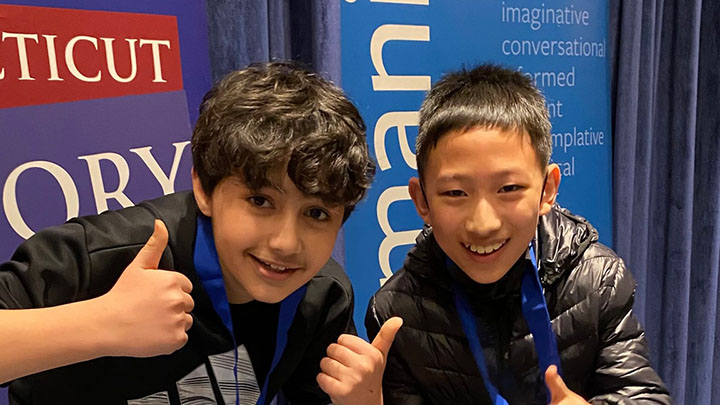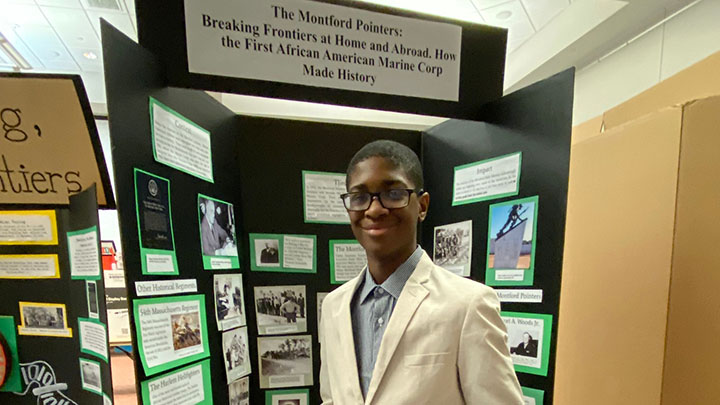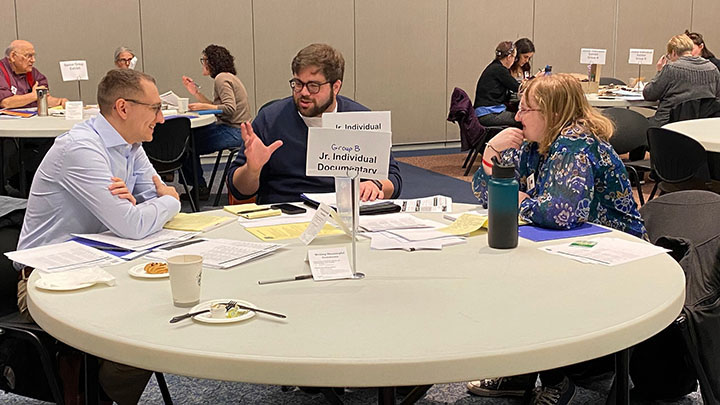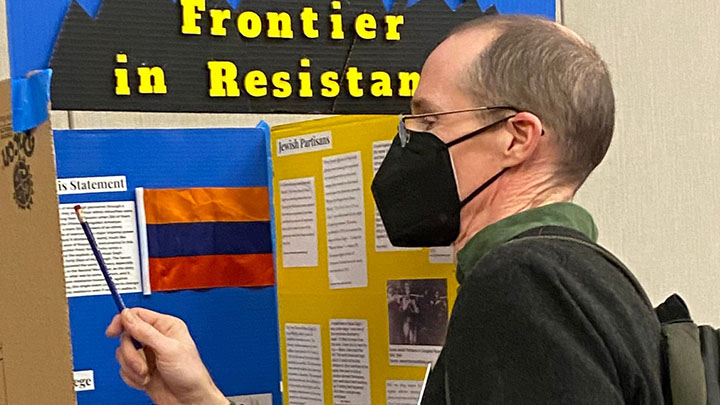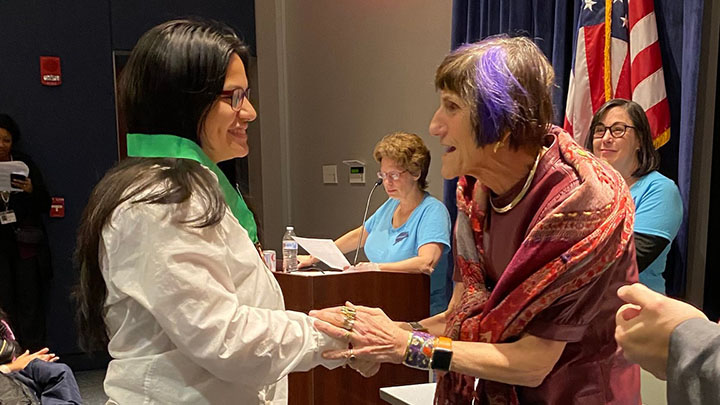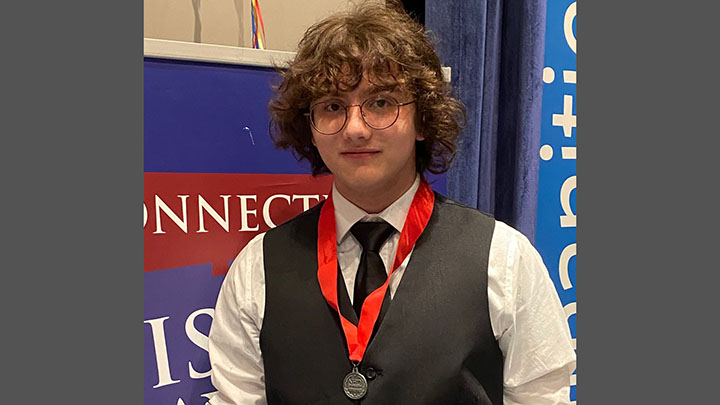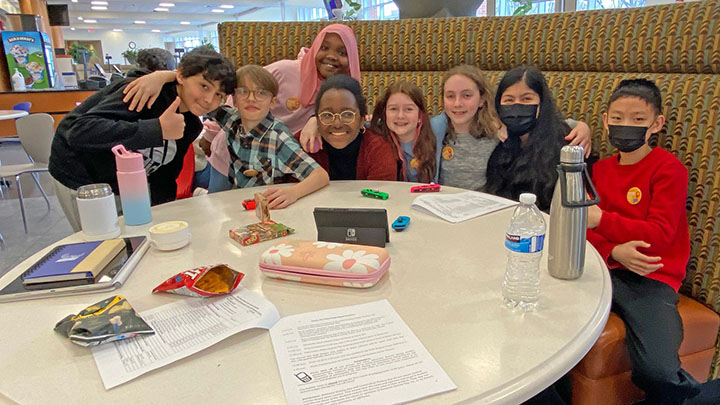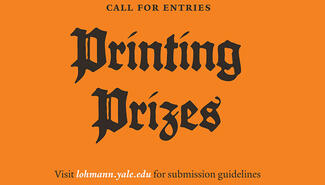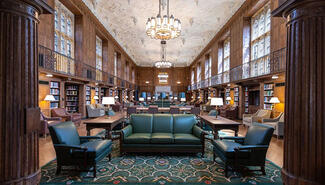Library staff supports young historians in Connecticut History Day regional contests
Last month, Connecticut History Day, one of more than 50 affiliate programs of National History Day, held regional contests throughout the state—including in New Haven.
On March 25, library staff members were on hand at Southern Connecticut State University to assist with the judging of work by the more than 165 students from the New Haven region who participated. Wilbur Cross High School, Worthington Hooker School, and the University of New Haven’s Engineering-Science University Magnet School were just some of the home schools of students in the contest.
The Connecticut History Day program is designed to encourage middle- and high-school students to engage in college-level historical research, interpretation, and creative expression in response to an annual theme. Students choose topics of interest, engage in year-long research, and share their findings through creative presentations.
Yale’s judges
The program invites museum and library staff, teachers, and scholars to support students’ exploration of their chosen topics by serving as judges—to ask questions, offer feedback, and provide encouragement and direction for young historians. This year, six librarians and staff members volunteered to serve as judges for the Connecticut History Day contests.
- Melissa Barton, curator of American Literature, Drama and Prose Writings
- Deborah Cannarella, writer and public relations manager (judge for the Hartford contest)
- Roberta Dougherty, librarian for Middle East Studies, Near East Collection
- Trip Kirkpatrick, technical lead, Digital Scholarship (served as team leader)
- Sarah Lerner, archivist
- Amauri Serrano, collection development librarian
“This was my first year taking part in the event,” Lerner said, “and it was Melissa Barton’s all-staff email that encouraged me to do so. I most enjoyed interviewing the students. Their engagement with primary sources was encouraging, as was their willingness to voice the frustrations and difficulties they encountered while researching and creating an exhibit. All students expressed a deep curiosity about their topics, and each ended up teaching me something new!”
Kirkpatrick was team leader this year for one of the three teams evaluating junior individual exhibits, but it was his fourth year evaluating student projects for Connecticut History. “As a History nerd,” he said, “what I like best about this work is the opportunity to try to make a meaningful difference in students’ perspectives on and work in History, whether or not it’s their jam.”
Thomas Thurston, director of Education and Public Outreach at the Gilder Lehrman Center, also represented Yale as a judge in the New Haven contest. “For many years,” Thurston said, “part of my job at the Gilder Lehrman Center involved organizing the New Haven regional history day competition, which was held at Wilbur Cross High School. It gave me a real sense of how much work goes into simply organizing a statewide event like this. But seeing the excitement of middle- and high-school students at the event with their teachers and families always made it a worthwhile endeavor.”
The judging process
The judges work in teams to review their assigned individual-student or student-group submissions. They also speak with each student to ask questions about their interest in the subject, the research process, their argument, and their findings. The judges collaborate as they evaluate the students’ written proposals and the final projects, working with a detailed rubric. They also each provide constructive written comments.
“I signed up to be a judge for Connecticut History Day because I saw it as a way to ‘give back’ to the New Haven community, and because I don’t otherwise have much of an opportunity to engage with younger students,” Dougherty said. “I particularly enjoyed working with the other judges as we crafted constructive feedback for young researchers engaging in some very challenging historical subjects.”
Students receive copies of the judges’ feedback in order to benefit from suggestions. Those students who qualify to enter the statewide contest have the chance to refine their projects based on the judges’ direction before they resubmit.
“Frontiers in History”
This year, thousands of students statewide created exhibitions, papers, documentaries, websites, and performances around the theme “Frontiers in History: People, Places, Ideas.” The concept was broad enough to encompass local and global history and a variety of people, places, and ideas. In New Haven, student topics ranged from the Manhattan Project, heliocentric theory, the smallpox vaccine, and Japan’s Shinkansen bullet train to Maya Lin, the Freedom Riders, Richard Nixon, and the Beatles.
“It was a tremendous joy on a dreary Saturday to see the hard work and unique voices of these students,” said Barton. “Many of the projects had impressive polish and verve, along with an inspiring range of topics and sources that would make any librarian proud.”
At New Haven’s closing ceremony, Congresswoman Rosa DeLauro and Joe Bertolino, president of Southern Connecticut State University, awarded first-, second-, and third-place prizes to 44 students in the junior and senior divisions.
Top-place winners in each of the state’s six regional competitions will compete in the statewide competition on May 6 at Central Connecticut State University. Students on the teams of Roberta Dougherty, Trip Kirkpatrick, and Sarah Lerner are among those headed to the state contest.
Students who win first place in the state event will go on to compete in the National History Day contest, which will be held at the University of Maryland in College Park on June 12 and 13.
“People will occasionally remark that young people are just not interested in history these days,” Thurston said. “If this notion troubles you, I’d highly recommend judging during the statewide Connecticut History Day competition. We have some very impressive young scholars in our state.”
Connecticut History Day invites librarians, historians, educators, and other volunteers to serve as project judges at the upcoming state event on May 6 in New Britain. Sign-up to be a state contest judge by April 21.
—Deborah Cannarella
Images courtesy of Connecticut History Day, Connecticut Democracy Center, Old State House, Hartford
